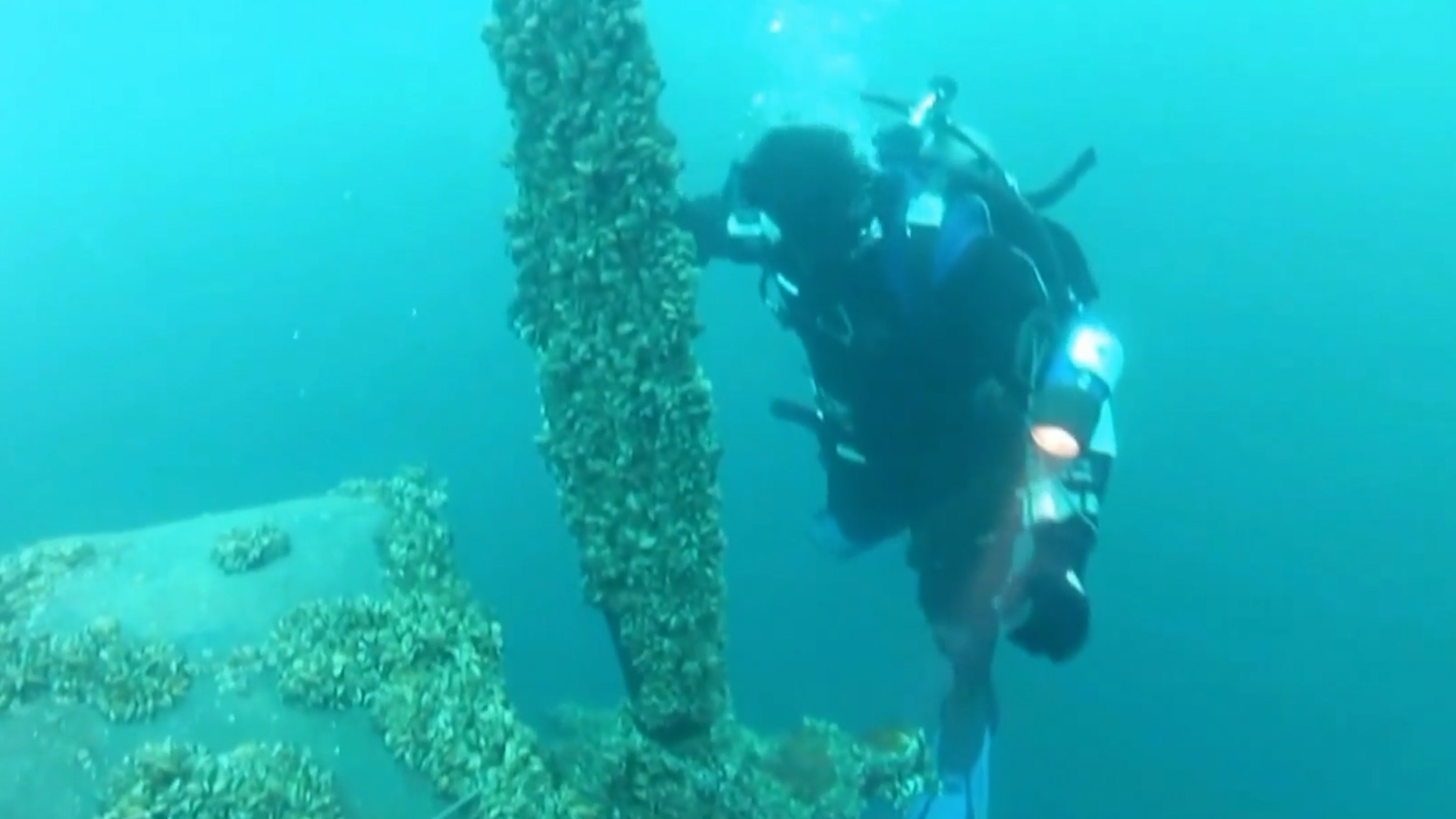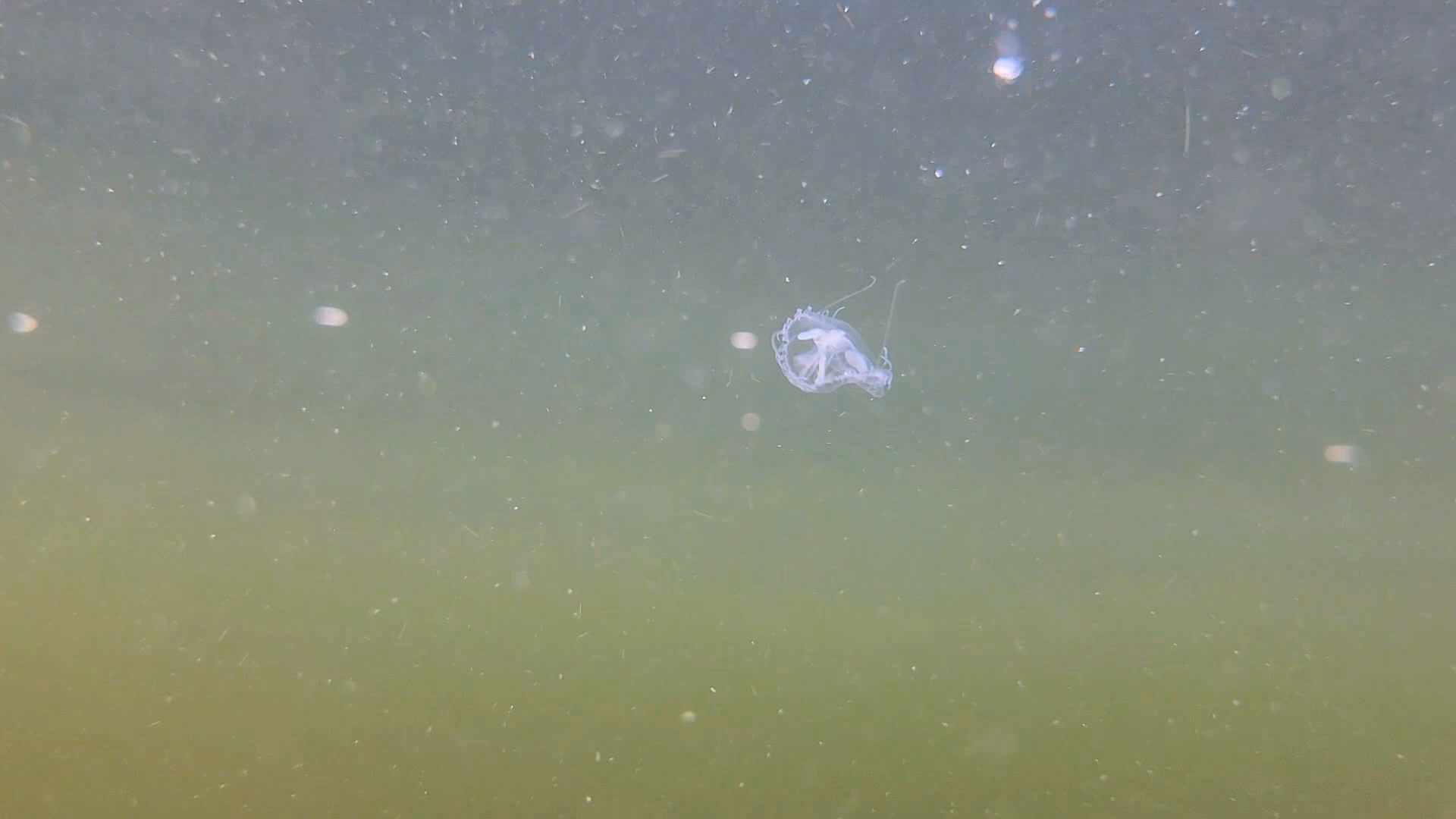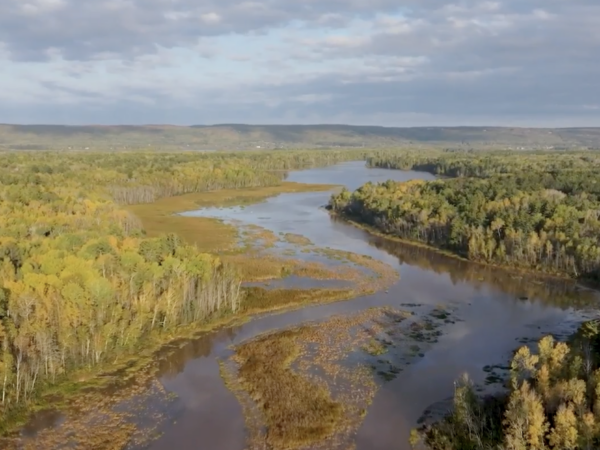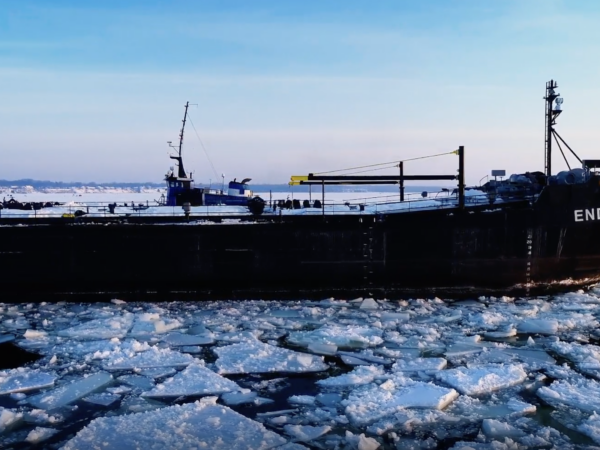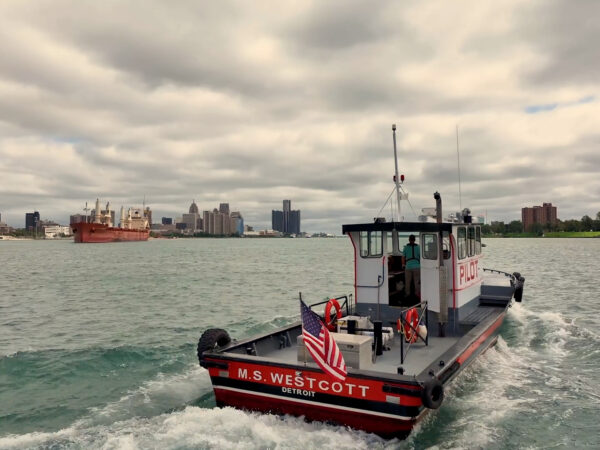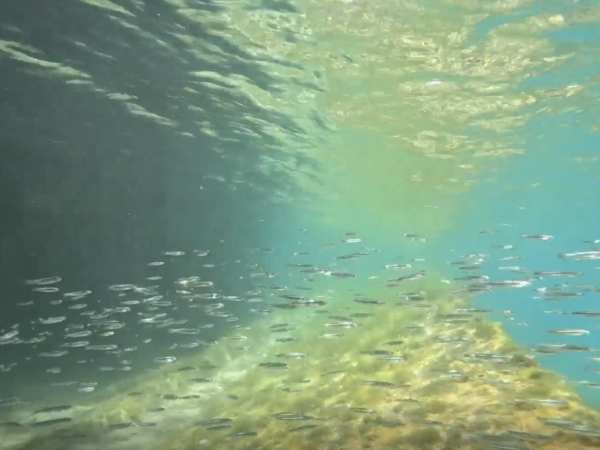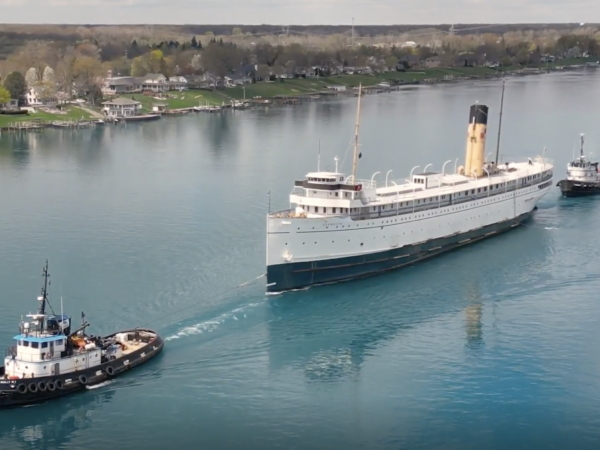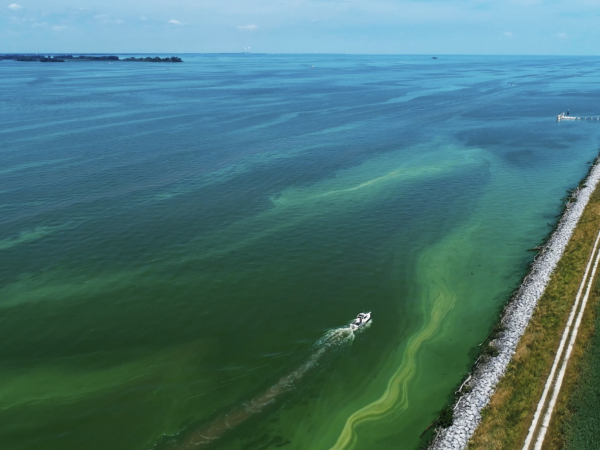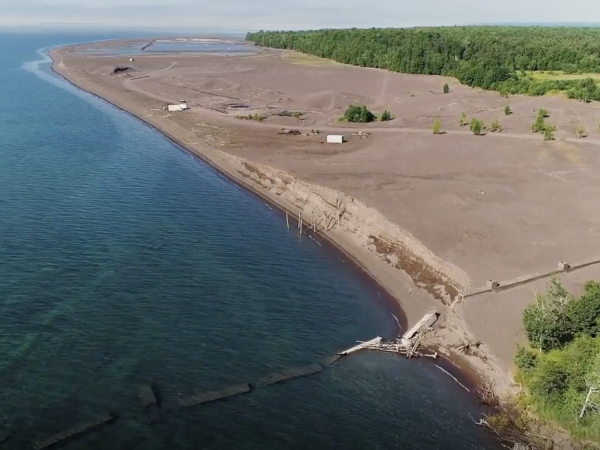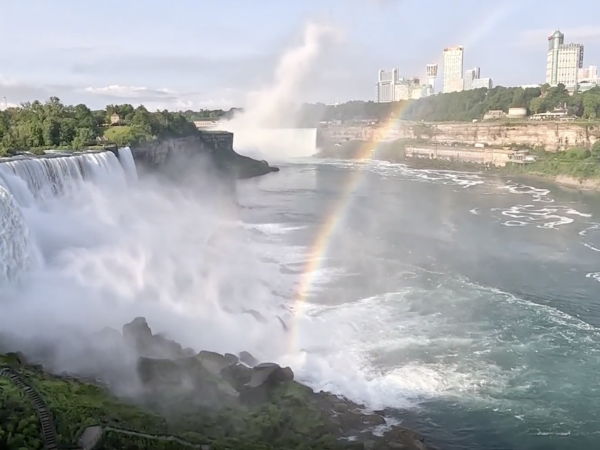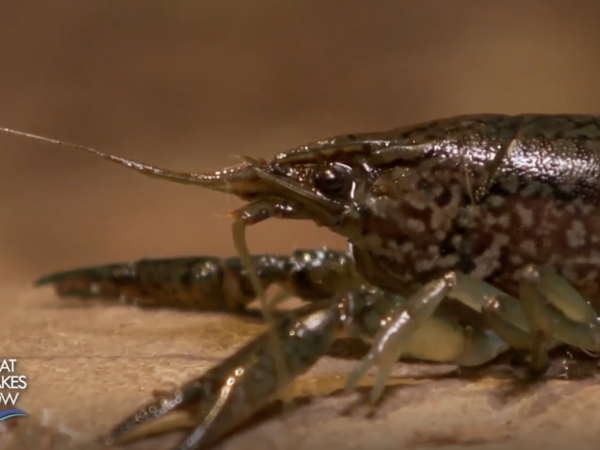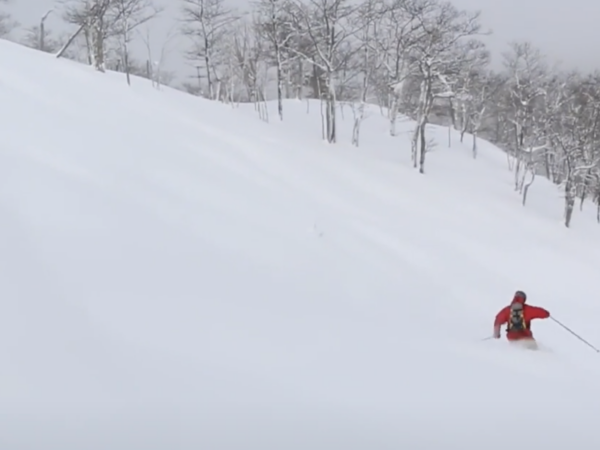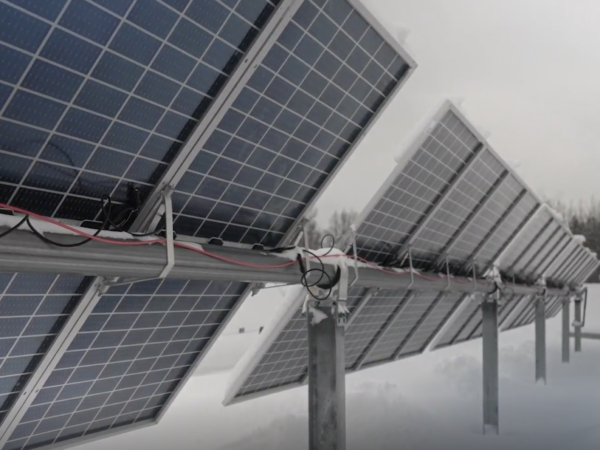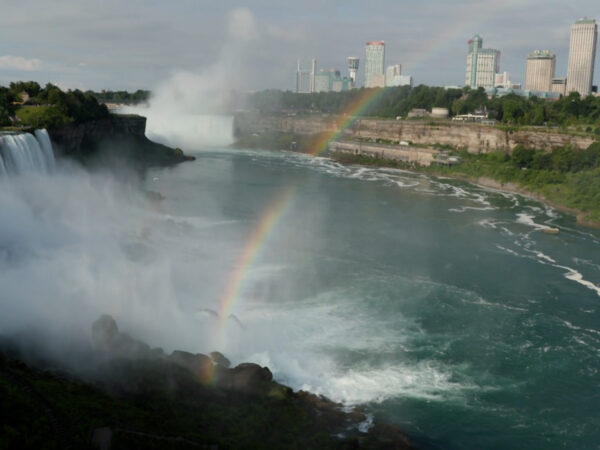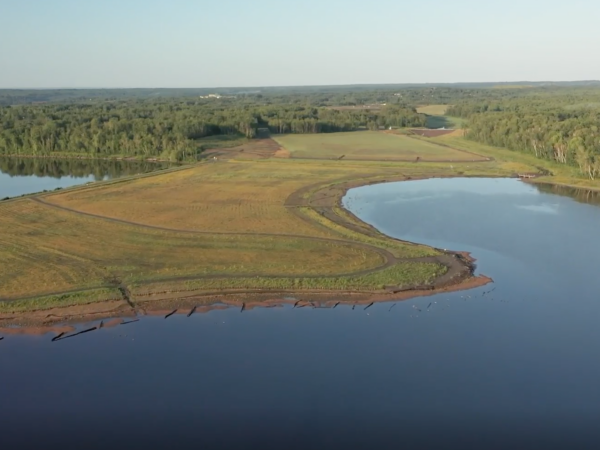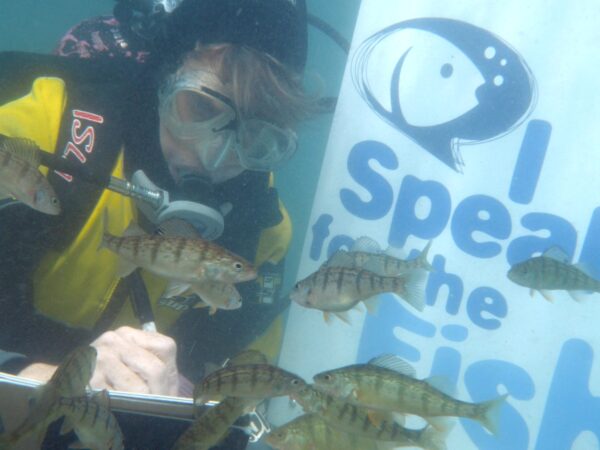IN THIS EPISODE:
A high-tech approach for keeping sewage out of waterways takes shape in South Bend, Indiana, a look at the story behind World War II aircraft sitting at the bottom of Lake Michigan, and The Catch offers news from around the Great Lakes.
WHERE WE TAKE YOU IN JANUARY
GREAT LAKES LEARNING:
Explore this month’s hands-on lesson plans designed to help your middle schoolers understand the Great Lakes — all at home or in the classroom. They’re aligned to education standards AND free to download.
Lesson Plans
Have a question about the Great Lakes or life in the region?
Ask Great Lakes Now, and if we can answer it, we might loop it into our coverage so others can learn too.
Submit Your Question
When to Watch?
Check your local station for when Great Lakes Now is on in your area.
Premieres on DPTV
Monday, January 30, at 7:30 PM
STATIONS CARRYING THE SERIES
DPTV
Detroit, Michigan
WEAO
Akron, Ohio
WNEO-TV
Alliance, Ohio
WCML-TV
Alpena, Michigan
WDCP-TV
Bad Axe, Michigan
BCTV
Bay County, Michigan
WBGU-TV
Bowling Green, Ohio
WNED-TV
Buffalo, New York
WCMV-TV
Cadillac, Michigan
WTTW-TV
Chicago, Illinois
WVIZ-TV
Cleveland, Ohio
WKAR-TV
East Lansing, Michigan
WQLN-TV
Erie, Pennsylvania
WCMZ-TV
Flint, Michigan
WGVU-TV
Grand Rapids, Michigan
WPNE-TV
Green Bay, Wisconsin
WGVK-TV
Kalamazoo, Michigan
WHLA-TV
La Crosse, Wisconsin
WHA-TV
Madison, Wisconsin
WNMU-TV
Marquette, Michigan
WHWC-TV
Menomonie-Eau Claire, Wisconsin
WMVS-TV
Milwaukee, Wisconsin
WCMU-TV
Mt. Pleasant, Michigan
WLEF-TV
Park Falls, Wisconsin
WNIT-TV
South Bend, Indiana
WCNY-TV
Syracuse, New York
WGTE-TV
Toledo, Ohio
WDCQ-TV
University Center, Michigan
WNPI-TV
Watertown, New York for Ontario signal
WPBS-TV
Watertown, New York for U.S. signal
WHRM-TV
Wausau, Wisconsin
How Smart is Your Sewer?
SEGMENT 1 | South Bend, Indiana
Once upon a time, the St. Joseph River flowing through South Bend, Indiana was so polluted nobody dared go near it. The river was teeming with salmonella, E. coli, and other dangerous bacteria. That’s because like many other communities around the Great Lakes, South Bend has a combined sewer system that mixes rainwater with raw sewage. During heavy storms, all that dirty water can overwhelm the city’s water treatment plant, causing what’s called a combined sewer overflow or CSO.
“The amounts of combined sewage, sewage mixed with the rainwater that used to go to the river used to consistently be over 2-Billion with a B, gallons per year,” said Kieran Fahey, Director of the Long Term Control Plan for the city of South Bend.
In 2012, under a Federal consent decree, the EPA ordered South Bend to clean up its act. The plan was to build enormous underground holding tanks. But, the price tag was too high at about $1 billion. “Even though you have 20 years to do the plan, if you can’t afford it, you’ve got no plan at all,” said Fahey.
So city officials went in search of a solution and didn’t have far to look. Just up the road at the University of Notre Dame, engineering students were working with the US Defense Department to develop embedded devices or smart sensors to track down terrorists in remote areas. The thought was if the sensors could be used to monitor bad actors, could they also monitor sewer pipes in South Bend during heavy storms?
One of those students at Notre Dame was Luis Montestruque. “So what we discovered was that when it rains over the city, it doesn’t rain evenly throughout the entire city,” said Montestruque, who now co-owns a company called Hydro Digital. “If there is a way to dynamically control how sewer systems behave, sort of like a smart traffic system, then we can avoid overflows from happening,” he explained.
When South Bend officials heard about the work going on at Notre Dame with smart sewer technology, they jumped at the chance to give it a try. The sensors coupled with smart valves work to find empty space in South Bend’s 600 miles of sewer pipes, and use that space to temporarily store huge amounts of untreated wastewater—wastewater that doesn’t find its way into the St. Joseph river. “We’ve gotten 75, 80 percent of the problem solved without having to build anything, which for us, is phenomenal,” said Fahey. He estimates the city has saved about $450 million with smart sewer technology.
Here is other Great Lakes Now work on water infrastructure:
Ontario faces uneven investment in water infrastructure
Even in Canada, where water prices are low, aging infrastructure and rising costs are a problem
After Decades of Neglect, Bill Coming Due for Michigan’s Water Infrastructure
Lost WWII Planes in Lake Michigan
SEGMENT 2 | Kalamazoo, Michigan; Lake Michigan
After the bombing of Pearl Harbor, the United States Navy realized it needed to quickly train new pilots to take off and land on aircraft carriers. With German and Japanese submarines patrolling both the East and West coasts, the Navy needed to find another option, so they looked to the Great Lakes.
Two excursion ships were purchased and wooden flight decks were added to create makeshift aircraft carriers. In October of 1942, on the waters of Lake Michigan, the U.S. started qualifying 15,000 pilots on those ships, the USS Wolverine and the USS Sable. During that time more than 130 planes ended up in the lake.
Taras Lyssenkno is one of the owners of A and T Recovery, a company that has been rescuing planes from the depths of Lake Michigan since the 1980s.
“We went to the National Archives and got the log records. We read every single log page of the USS Wolverine and the USS Sable that indicated all the radar positioning of where they lost the aircraft…and then we got really good side scan sonar and we started finding aircraft after aircraft after aircraft.”
But getting the wrecks out of the lake is only the beginning. Once recovered, the planes need to be meticulously restored. One of the places giving new life to these recovered planes is the Air Zoo in Kalamazoo, Michigan. Most of the restoration work is done by volunteers, and that’s because the museum has a unique approach to restoration that gives visitors a chance to be part of the process.
“We invite people behind the ropes to get up close and personal with the restorations and in some cases they even get to work on the aircraft that we’re restoring,” said Troy Thrasher, president and CEO of the Air Zoo.
Here is other Great Lakes Now work on Great Lakes wrecks and restoration:
The Catch: Shoreline Shipwrecks
Lighthouse Restoration: A volunteer effort that requires labor, love and millions of dollars
Visit a Lighthouse: Explore history in one of the many preserved lighthouses around the Great Lakes
The Catch: News about the Lakes You Love
SEGMENT 3 | Dexter Township, MI; Montreal, Quebec
Keep up with the Great Lakes’ biggest issues. Find out how environmental challenges are impacting your enjoyment of the outdoors and the health of the ecosystem. Go beyond the headlines with reporters from around the region.
This segment – The Catch – in our award-winning PBS program will keep you in the know. This month, stories about Great Lakes jellyfish, the St. Lawrence River and how culturally relevant resources can help communities make healthier decisions.
First up, a story from MLive’s Makayla Coffee, who has been reporting on a group of college students from Eastern Michigan University who are studying freshwater jellyfish in Dexter Township, Michigan. Although many people don’t know about the jellies, Coffee says they’ve been here for decades.
“A lot of researchers seem to think that they come from the Yangtze River Valley in China and they were transported with ornamental aquatic plants,” said Coffee
Next, Verity Stevenson of the CBC talks about her story detailing the work a group of scientists are doing aboard the Lampsilis, a research vessel on the St. Lawrence River. The group set out with many research goals for the annual survey, but most are aimed at learning about contaminants, and the flow of the river itself, which was dramatically reshaped to serve industry in the 1950s.
Finally, a conversation with Abigail Comar of Great Lakes Echo about the efficacy of culturally relevant resources when it comes to Great Lakes fish consumption. Comar looked into a new study that illustrates how certain informational resources can improve environmental health literacy among the Great Lakes’ Anishinaabe population. The study is a collaboration between the Medical College of Wisconsin, the Inter-tribal Council of Michigan, and the Chippewa Ottawa Resource Authority in Sault Saint Marie, Michigan.
“These recommendations have historically been made from a culturally neutral perspective, and a culturally neutral perspective does not take into account the importance of fish in a traditional Anishinaabe diet,” said Comar.
Find all The Catch segments HERE.
Videos from Episode 2301
Subscribe on YouTube
Featured Articles
Digital Credits
The Great Lakes Now Series is produced by Rob Green and Anna Sysling.



